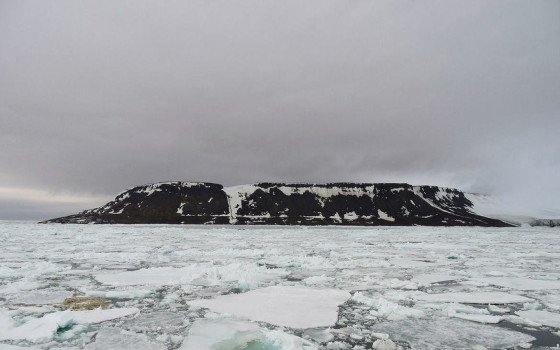
Could microbes that have been lurking in Arctic ice for thousands of years unleash a wave of deadly diseases?

- Europe and Arabs
- Wednesday , 8 January 2025 7:51 AM GMT
New York: Europe and the Arabs
As climate change continues to melt what was once considered “permanently frozen ground,” scientists are sounding the alarm about the risks this poses to public health, as it could unleash a wave of potentially deadly microbes that have been dormant in the ice for centuries.
This is what was highlighted in a joint report by the United Nations Environment Program and the International Council for Science, entitled “Exploring New Frontiers,” which focuses on emerging challenges to the health of the planet and human well-being. According to the UN Daily News Bulletin, a copy of which we received this morning,
The Arctic - which spans 14 million square kilometers across eight countries - is covered by a thick layer of permafrost, a frozen mixture of soil, rock, ice and organic matter. However, the Arctic is warming four times faster than the rest of the world, and the melting of permafrost is likely to release ancient bacteria and viruses.
An estimated four sextillion microbes — that’s four with 21 zeros (4,000,000,000,000,000) — are released each year by melting permafrost, according to a study published in the journal Environmental Sustainability.
An Old, New Problem
Some researchers are particularly concerned about thawing Arctic animals that have long since died, and whose bodies may contain lurking microbes. The program cited the example of a 2016 anthrax outbreak among reindeer in Siberia, which was traced to a 70-year-old cemetery.
According to one study, more than 2,500 reindeer died during the outbreak, which then jumped from the animals to humans, killing a 12-year-old boy and making dozens of people sick.
“The fact that these microbes are in permafrost means it’s hard to say how widespread or severe this problem is,” said Andrea Henwood, UNEP’s chief scientist. “But there are reasons to be concerned.”
What’s happening in the Arctic has happened in warmer climates for centuries, where pathogens have been passing between humans and animals, often with deadly results, Ms Henwood said. “This is not a new phenomenon, but it’s happening in a new place.”
As warming opens the Arctic to shipping, mining and other industries, Ms Henwood said more people are coming into close proximity to the melting permafrost and its resident microbes. “We could see a complete change in land use in the Arctic and that could be dangerous,” she said.
‘A potential catastrophic cycle’
In addition to the potential spread of disease, permafrost around the world contains an estimated 1,500 gigatonnes of carbon, almost twice as much as is in the atmosphere. As permafrost thaws, its carbon breaks down and is released into the atmosphere as carbon dioxide or methane.
These greenhouse gases are further warming the planet, “thawing more permafrost in a potentially catastrophic cycle,” the UN Environment Programme said.
To avoid runaway climate change and disease outbreaks, Ms Henwood said the world must rein in climate-changing gases, continue to monitor the retreating permafrost and invest in mapping the types of microbes living there. “Right now, we’re in an ‘if-then’ scenario,” she said. “There’s a lot of uncertainty, and the best we can do is use the tools and science we have to guide us.”


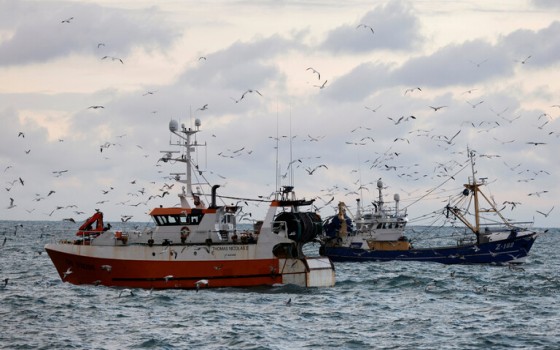

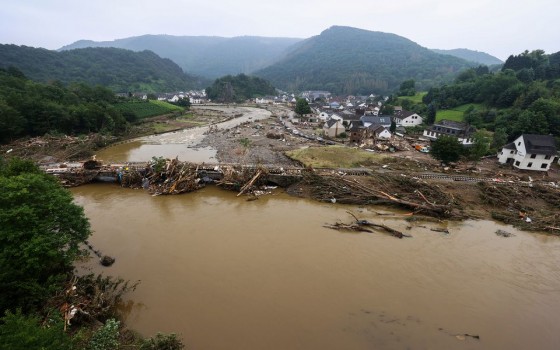
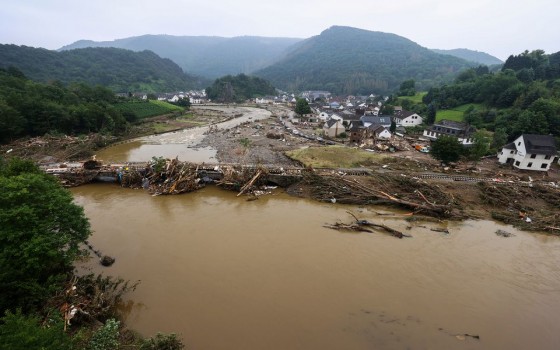


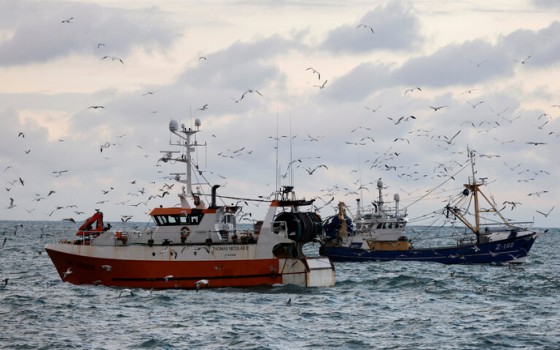



No Comments Found